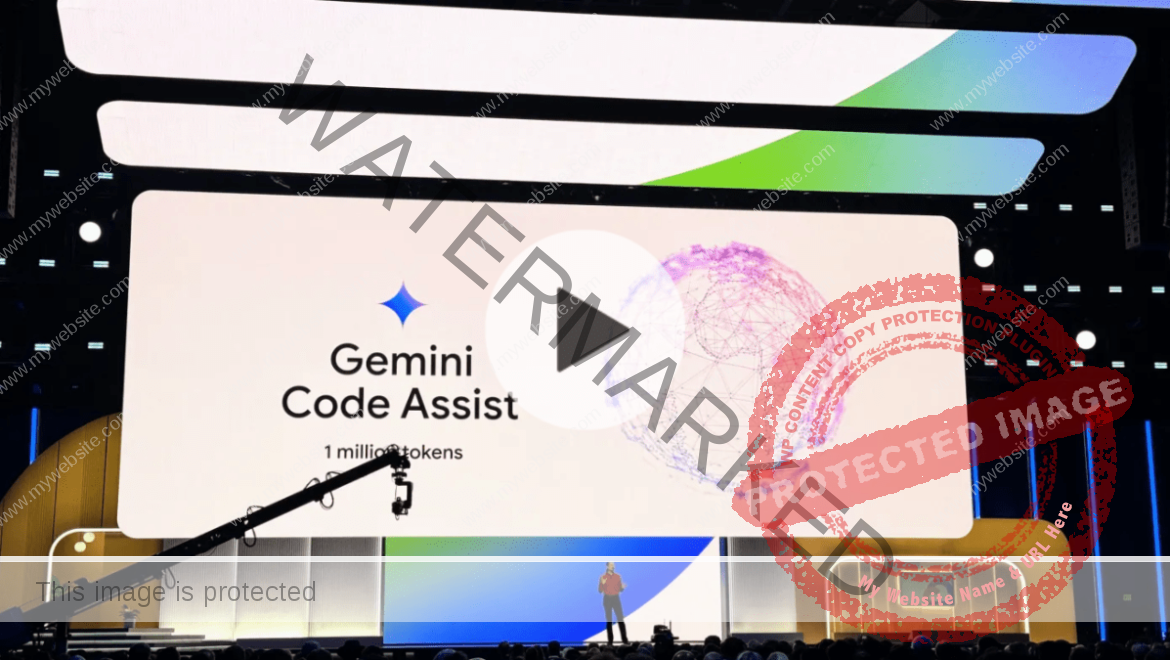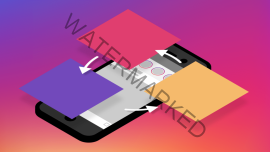Watch: Google's Gemini Code Assist wants to use AI to help developers
Can AI eat the jobs of the developers who are busy building AI models? The short answer is no, but the longer answer is not yet settled. News this week that Google has a new AI-powered coding tool for developers, straight from the company’s Google Cloud Next 2024 event in Las Vegas, means that competitive pressures between major tech companies to build the best service to help coders write more code, more quickly is still heating up.
Microsoft’s GitHub Copilot service that has similar outlines has been steadily working toward enterprise adoption. Both companies want to eventually build developer-helping tech that can understand a company’s codebase, allowing it to offer up more tailored suggestions and tips.
Startups are in the fight as well, though they tend to focus more tailored solutions than the broader offerings from the largest tech companies; Pythagora, Tusk and Ellipsis from the most recent Y Combinator batch are working on app creation from user prompts, AI agents for bug-squashing and turning GitHub comments into code, respectively.
Everywhere you look, developers are building tools and services to help their own professional cohort.
Developers learning to code today won’t know a world in which they don’t have AI-powered coding helps. Call it the graphic calculator era for software builders. But the risk — or the worry, I suppose — is that in time the AI tools that are ingesting mountains of code to get smarter to help humans do more will eventually be able to do enough that fewer humans are needed to do the work of writing code for companies themselves. And if a company can spend less money and employ fewer people, it will; no job is safe, but some roles are just more difficult to replace at any given moment.
Thankfully, given the complexities of modern software services, ever-present tech debt and an infinite number of edge cases, what big tech and startups are busy building today seem to be very useful coding helps and not something ready to replace or even reduce the number of humans building them. For now. I wouldn’t take the other end of that bet on a multi-decade time frame.
And for those looking for an even deeper dive into what Google revealed this week, you can head here for our complete rundown, including details on exactly how Gemini Code Assist works, and Google’s in-depth developer walkthrough from Cloud Next 2024.










